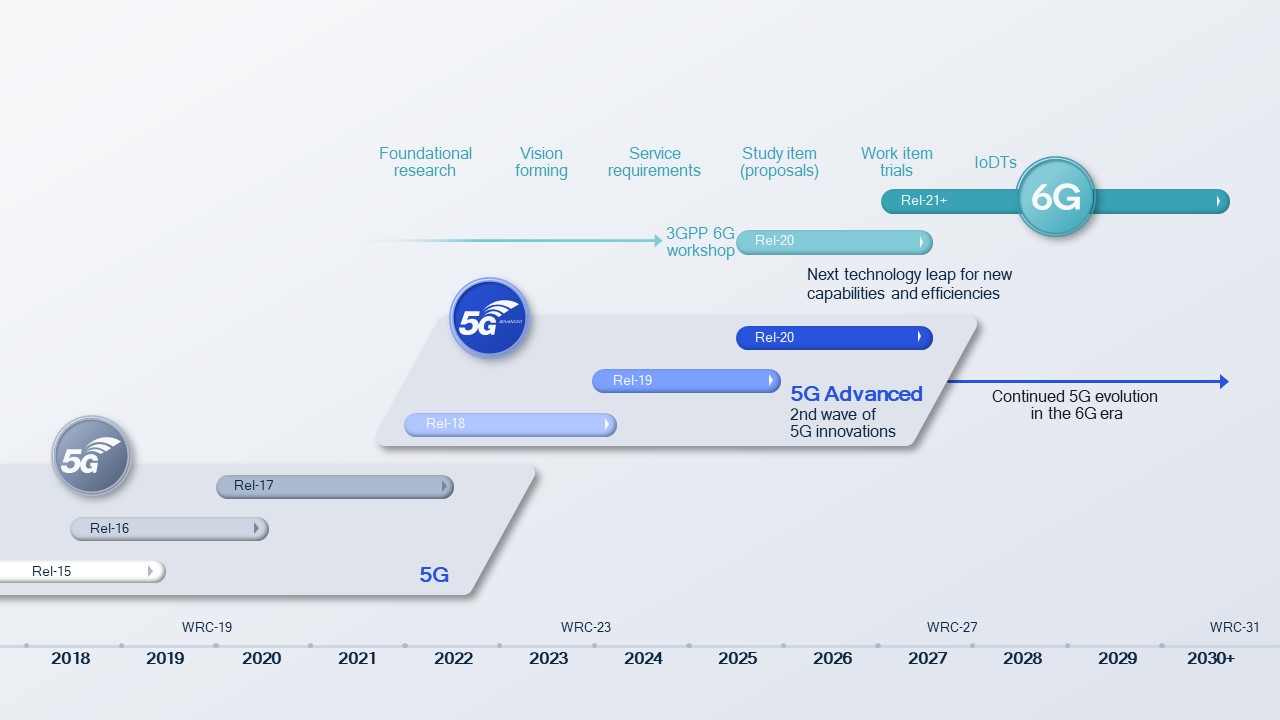Carrier Aggregation in 5G NR: Opportunities and Technical Challenges
telcomatraining.com – As mobile data consumption continues to grow rapidly, the demand for higher data rates and network efficiency has never been greater. 5G New Radio (NR), the global standard for a unified, more capable 5G wireless air interface, addresses these demands through several advanced features. One of the most powerful among them is Carrier Aggregation (CA). By enabling the simultaneous use of multiple frequency bands, carrier aggregation in 5G NR opens the door to significantly enhanced performance. However, with these opportunities come considerable technical challenges.
What is Carrier Aggregation in 5G NR?
Carrier aggregation is a technique that allows mobile networks to combine multiple frequency bands to increase the overall bandwidth available to users. This results in higher data throughput, improved spectral efficiency, and better network performance. In 5G NR, carrier aggregation extends across a wide spectrum range, including sub-6 GHz and millimeter wave (mmWave) bands, and supports both standalone (SA) and non-standalone (NSA) deployment modes.
Unlike LTE, 5G NR can aggregate a greater number of carriers — up to 16 component carriers (CCs) — providing a theoretical peak data rate that exceeds 10 Gbps. This is particularly crucial for applications such as 4K/8K video streaming, augmented reality (AR), and industrial IoT, where ultra-high throughput and low latency are essential.
Opportunities Presented by Carrier Aggregation
- Enhanced User Experience
By combining multiple carriers, users benefit from faster download and upload speeds. This is especially noticeable in urban areas where network traffic is high, and data demand is intense. - Optimal Use of Spectrum Resources
CA enables operators to utilize fragmented spectrum allocations more efficiently, allowing them to maximize existing assets across different frequency bands. - Extended Coverage and Capacity
Aggregating low-band carriers (which have broader coverage) with high-band carriers (which offer more bandwidth) results in a more balanced and efficient network, ensuring both coverage and capacity. - Improved Network Resilience
CA contributes to better network reliability by offering multiple communication paths. If one carrier experiences interference or degradation, others can maintain the connection quality.
Technical Challenges of Carrier Aggregation
While the benefits of carrier aggregation are compelling, its implementation is not without hurdles:
- Hardware and Device Complexity
Supporting multiple carriers simultaneously requires advanced radio frequency (RF) hardware and increased processing power. This leads to more complex and costly device and base station designs. - Interference Management
Combining multiple carriers from various frequency bands increases the risk of inter-band interference, especially in densely deployed networks. Effective interference mitigation strategies must be implemented. - Power Consumption
Multi-carrier operations demand more energy, which can negatively impact battery life in mobile devices. Power optimization remains a key concern in CA-enabled 5G handsets. - Spectrum Coordination
Aggregating carriers across licensed, unlicensed, and shared spectrum bands requires coordination with regulators and adherence to regional spectrum policies. Cross-border harmonization adds another layer of complexity. - Carrier Scheduling and Load Balancing
Efficiently scheduling data across multiple component carriers while maintaining quality of service (QoS) demands sophisticated algorithms and real-time network intelligence.
Conclusion
Carrier aggregation in 5G NR stands as a cornerstone technology for achieving the full potential of next-generation mobile networks. By offering faster speeds, better spectrum efficiency, and improved network performance, it paves the way for advanced digital services and experiences. However, to fully leverage its advantages, the technical challenges — from device design and power management to interference control and spectrum regulation — must be addressed with innovative solutions.
As the 5G ecosystem evolves, ongoing research and development in carrier aggregation will continue to be vital for building robust, scalable, and future-proof mobile networks.







